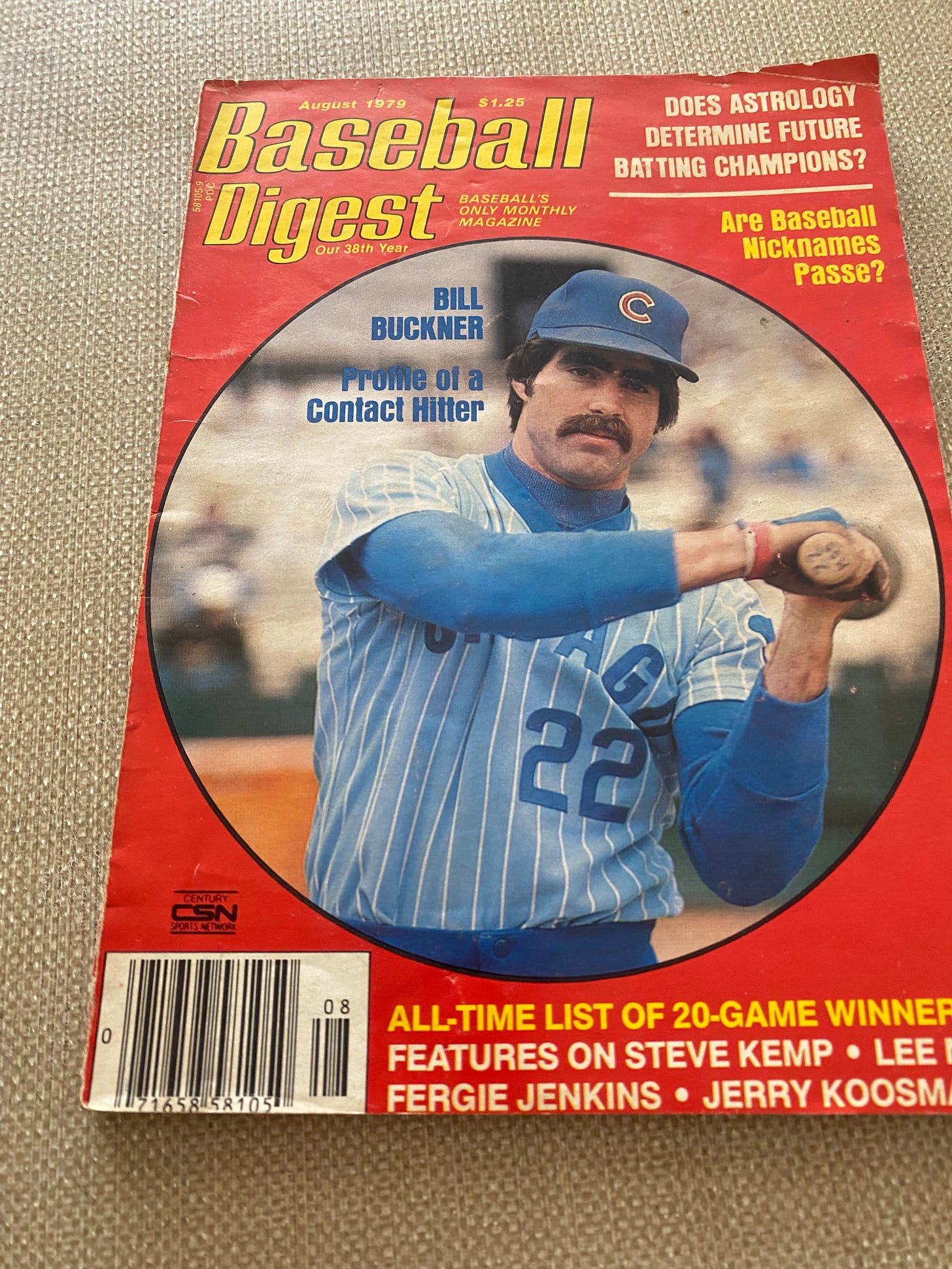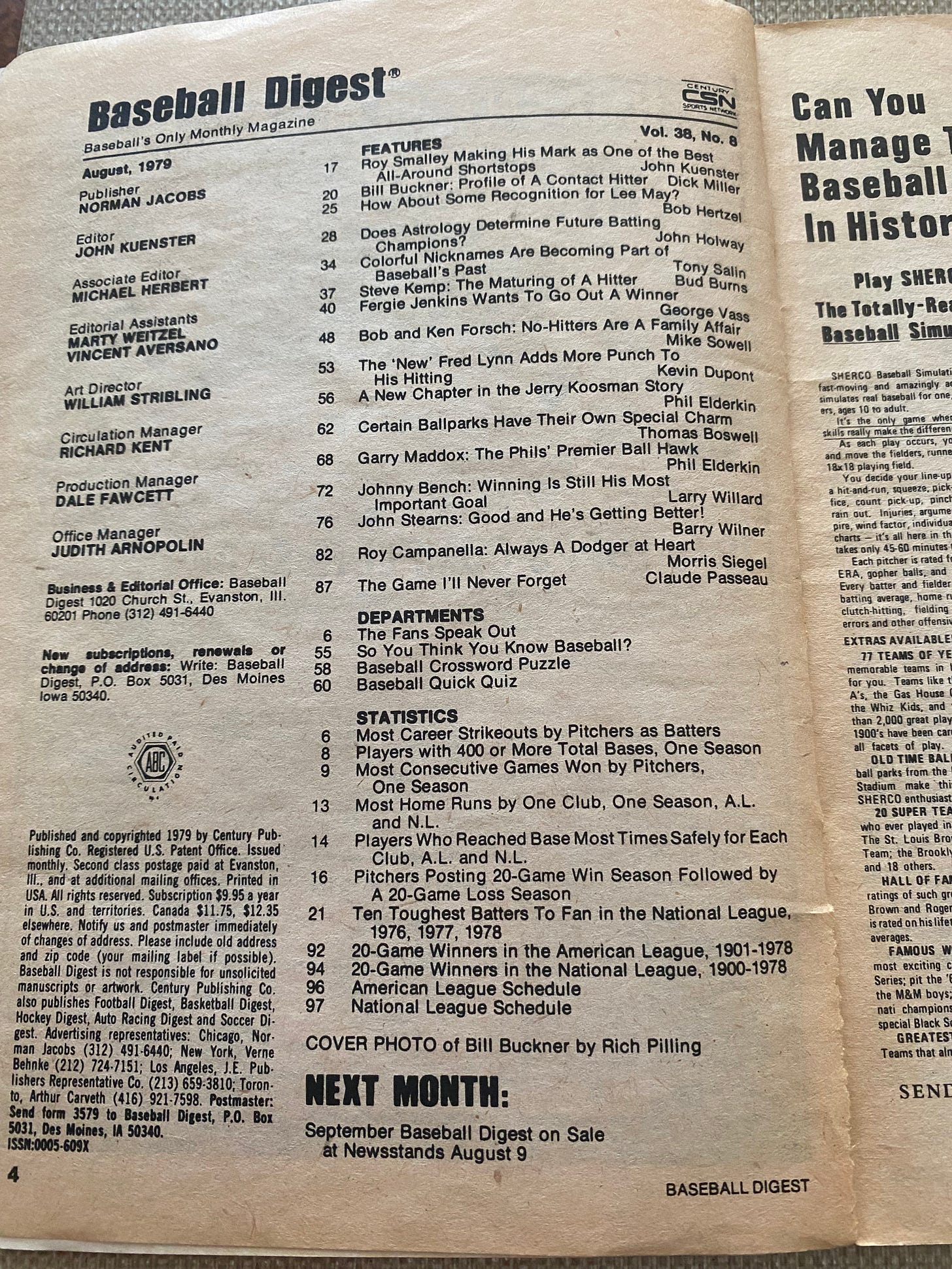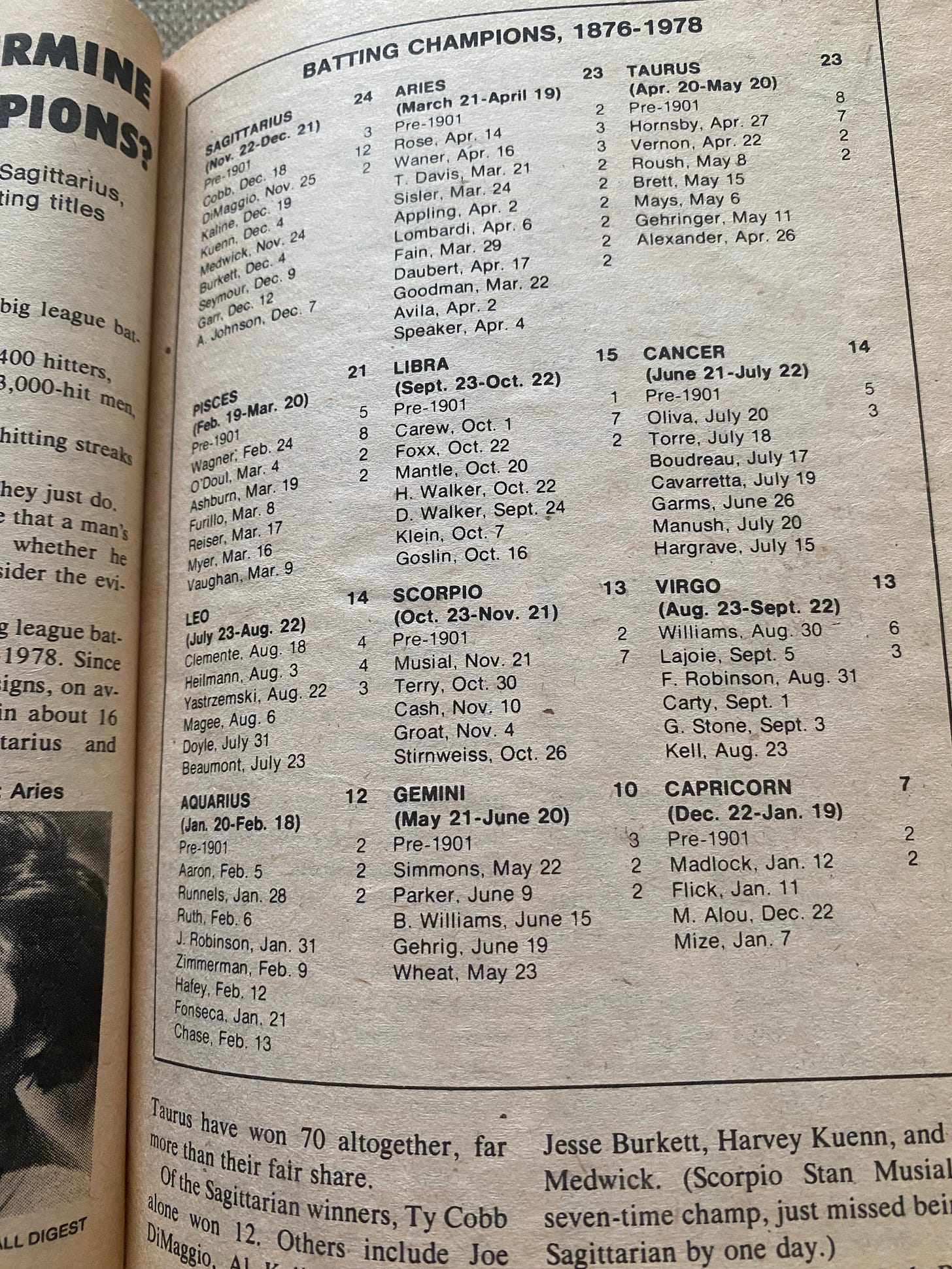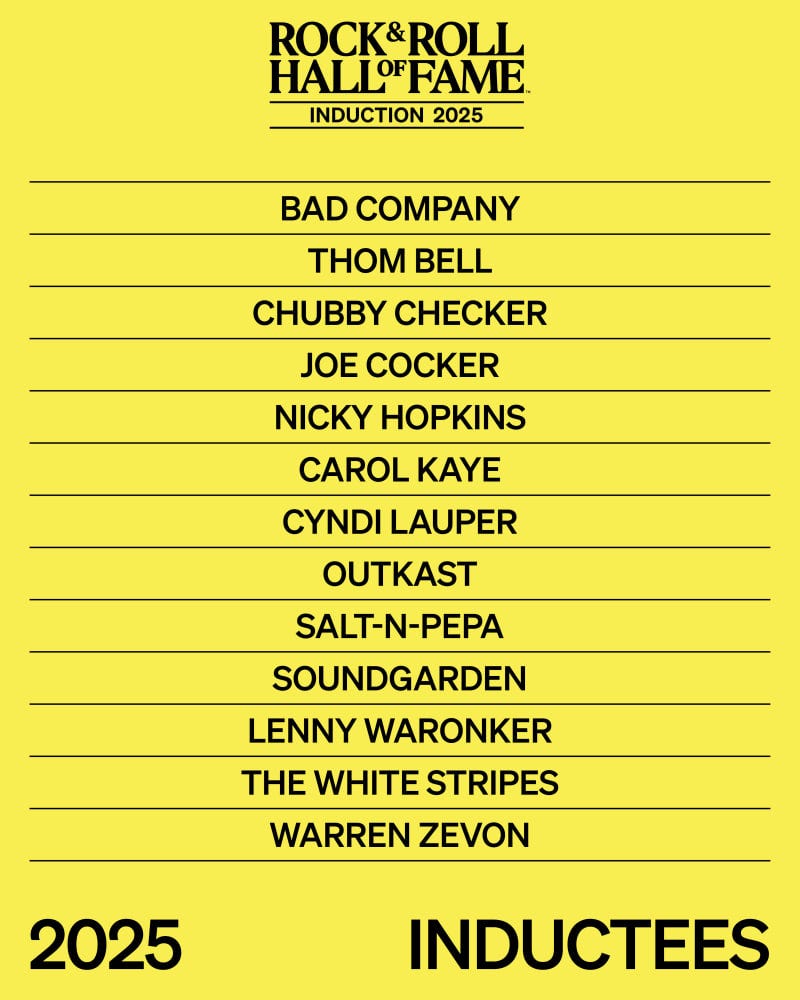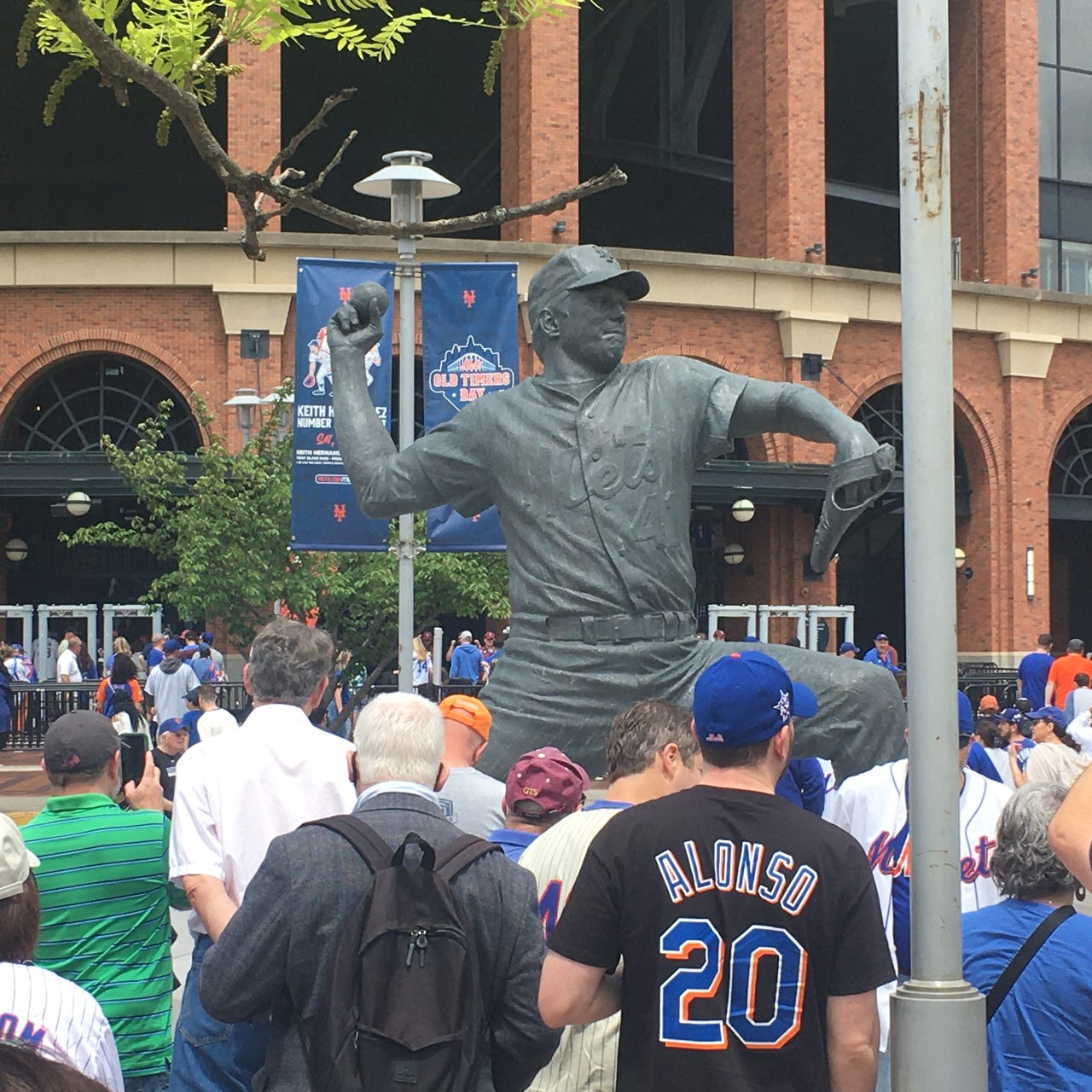August 1979
I usually like to begin by discussing the cover subject/article but in this issue I could not help but notice the blurb in the upper right corner. “Does astrology determine future batting champions?” My initial reaction is “no!” My second is “hell no!” That’s unfair, let me at least read the article before I judge. Wait a sec, look at the chart which accompanies the article. As of 1978, there had been 24 batting titles won by a Sagittarius! Ignore the fact that Ty Cobb by himself accounted for 12 of those titles. Some of the astrologers quoted in the article point out that Sagittarius is a fire sign, so of course it stands to reason that someone born in that month would prove to be a fiery personality. Besides, Sagittarius is an archer. “They’re marksmen, so they should be able to hit the ball.” Can’t argue with that, can you? Actually, you can. Is it possible that Cobb won all those batting titles not because of his star sign, but because he happened to be a great hitter? My controversial take is that astrology does NOT determine future batting champions.
As of 1979 Bill Buckner had not yet won a batting title, but he was the National League batting crown in 1980. Let’s take a look at his birthday, and oh dear God, he was also a Sagittarius. Mind blown! The gist of the article is that he was one of the premier contact hitters of his era. In the 1978 season he struck out only 17 times in 470 plate appearances, which was the best strikeout rate in the NL that year and the third season in a row in which he ranked in the top 10. The best rate between 1976-78 came from Dave Cash in 1976. Amazing he only struck out 13 times in 727 appearances. Without looking at his game by game records I think it’s safe to say he didn’t have any golden sombreros that year.
The article on baseball nicknames, more specifically the lack of creativity with modern nicknames, is an evergreen complaint. All too often monikers default to taking the initial of a player’s first name, adding it to the first syllable of his surname, and voila! Call him A-Rod and move along to the next guy. There are a few instances in which that works. Different sport, but calling Kenyon Martin K-Mart was a good one. And tweaking the formula slightly to turn Carlos Gonzalez into CarGo is clever. But the era of routinely creative nicknames is long gone. The article ends with a few nickname suggestions for the 1979 Yankees. One of those was Thurman “Meatloaf Middle” Munson. I would have loved to have seen someone try to call him that and see what happens.
Thomas Boswell’s contribution to this issue was a piece about the charm of certain ballparks. This was timely; we were deep in the age of the cookie cutter multipurpose stadiums completely lacking in any character. One of the running jokes at the time was that if you were standing in the outfield you would have no way of knowing if you were in Philadelphia or Pittsburgh or Cincinnati unless you looked to see which uniform your opponents were wearing. Thankfully those stadiums are long gone. I’m not sure about the astrological signs of the architects who designed those monstrosities.
Fergie Jenkins was in his age 36 season in 1979, and he stated in this issue that his one remaining goal was to lead his team to a pennant. Unfortunately he said this while pitching for the Texas Rangers, who at this time were one of the dregs of the league. There was no pennant in his future, and with the fact that he was on a poor team combined with the fact that he was in his decline phase, he also fell short of winning 300 games.
The John Stearns article came on the heels of two notable moments in his career. He stole 25 bases in the 1978 season, which set the National League single season record for most steals by a catcher. His signature moment took place in 1978 as well; that was when he blocked home plate as Dave Parker was attempting to score, and The Bad Dude came out ahead of The Cobra in that confrontation.
This issue also reminded us of what a tough era the last half of the 70’s were for Mets fans. 1979 was Jerry Koosman’s first year in Minnesota after the Mets had traded him away. He won his first 7 decisions in ‘79, on his way to an eventual 20 win season. Kooz is one of the most beloved Mets players; I don’t think any true fan would begrudge him for his success at a new home. Good for him to escape the dysfunction in the post-Seaver years. Besides, one of the young players they received in that deal was a relief pitcher named Jesse Orosco. I think that turned out well.
Most Memorable Moment - Cleveland Guardians
MLB’s Original 1976 Choice: Frank Robinson’s debut as manager.
My Updated Selection: Bob Feller’s Opening Day no-hitter.
With this one I’m changing a bit from the usual strategy I have taken in making my selections. I have generally steered away from moments for which there is no existing video and/or took place so long ago that there are few living witnesses to keep the memory alive. Feller’s no-no in 1940 falls under that category, but I believe it is still resonant enough to earn the distinction.
But first, I should mention the moment that MLB chose in 1976. Robinson made history in becoming the first African-American manager in AL or NL history. Coming 2 seasons after Jackie Robinson, in his final public appearance, called out the league for not having hired a black man to lead a club as of yet. Frank Robinson was hired as a player/manager, and he made Opening Day even more special by hitting a home run in his first at bat. In addition, this took place only 1 year before MLB put the list together; this was a moment that was very prominent in people’s minds.
I have an issue with naming that as Cleveland’s most memorable moment, and it’s not Robinson’s fault. It would feel different had this inspired a wave of teams hiring managers of color. Baseball decision makers were much too slow to build on the moment. The reason why Al Campanis’s infamous meltdown on Nightline happened in the first place is that he was trying to defend the fact that a dozen years after Frank Robinson managerial opportunities for minorities were still few and far between. In addition, the few that had been hired did not generally fit the typical managerial profile. The next two African-American managers following Robinson were Larry Doby and Maury Wills. One fellow Hall of Famer and a former MVP. Where was the black equivalent of an Earl Weaver or a Sparky Anderson, the career minor leaguer or the guy with an insubstantial major league career? Robinson’s hiring was a historically significant achievement, but not as immediately impactful as it should have been.
There are a few other candidates, such as Doby breaking the color line in the American League, a feat almost as significant as that of Jackie Robinson. He didn’t play in all of the same cities that Jackie Robinson did, so he integrated the game not just in Cleveland but in Detroit and Washington D.C. as well. Cleveland’s prolonged mediocrity also limits the options. There was no big moment in their run to the 1948 title that stands out, nor are there any from their powerhouse 1990’s teams. Had they completed the comeback and won the 2016 World Series, Rajai Davis’s home run could have been a strong contender. Honorable mention can go to the unassisted triple play that Bill Wambsganss turned in the 1920 World Series. That’s really a moment that has faded over time with no video or living witnesses to the moment.
I choose Bob Feller’s no hitter partially because an achievement produced by arguably the franchise’s biggest icon - apologies to Nap Lajoie - feels bigger. In addition, even though as I said it has the drawbacks of no accompanying video, the moment still survives because it is talked about so frequently. Every time a pitcher begins an Opening Day start with a few hitless innings Bob Feller is brought up. It also often comes up as a trivia question: What is the only game in MLB history in which every hitter began and ended the game with the same batting average? This one. Everyone had a .000 average when the game began and ended with the same average.
If I wanted to be THAT GUY I could have also said that Cleveland has only used the Guardians nickname since 2022, so a most memorable Guardians moment by definition would have needed to have taken place within the past 2 seasons. But I’m not that much of a smartass. Bob Feller is the choice. There’s no video to share, so picture it in your head.
The Class Of 2025
The 2025 inductees for the Rock & Roll Hall Of Fame were revealed on last night’s episode of American Idol. Well, for the most part they were. Ryan Seacrest sped through the side categories so quickly that it was barely understandable. Anyway, here’s who made the cut:
I’ll dig deeper on Wednesday, but as always I was happy in some cases, disappointed in others.
Hurray for Carol Kaye! Other than her, I did not predict any of the side categories correctly. That should be a lesson not to make that attempt again.
Musical Excellence was used the way the category should be intended to rather than as a way to slide someone in through a side door. More than 15 years after Kenny Gamble & Leon Huff were inducted, it’s nice to see the other major force in Philly Soul, Thom Bell, make it in. And Nicky Hopkins follows the Al Kooper path, the guy has played on so many classic tracks. Good to see him get his due.
Salt-N-Pepa should have made it in as artists years ago, but honoring them as a Musical Influence will do. They were not the first female rappers, but they were the first to make a significant and sustained commercial impact. Warren Zevon as a Musical Influence is more of a stretch. I am pleased that he is finally in, but naming him as an influence stretches the definition of the term a bit.
In a vacuum Lenny Waronker is a worthy Ertegun Award winner, but I will die on the Estelle Axton hill. Her absence is the Hall’s single most glaring error.
Those of us who assumed that Kris Kristofferson and The New York Dolls would make it in this year have egg on our faces. The Hall’s tradition of waiting one year too long to honor people is on pause for this year at least.
Chubby Checker? Really?
I’m bummed about Joy Division/New Order not making it in.
Matt Cameron has become the latest member of the Clyde McPhatter Club, as he is now a two-time inductee. Previously inducted as a member of Pearl Jam, he now gets his second trophy along with the other members of Soundgarden.
More to come on Wednesday.
TV Of the 21st Century - Torchwood
Torchwood was a spinoff of Doctor Who (the title is an anagram) that had a 4 season run in the mid-to-late aughts. It had more of an adult feel to it in comparison to the flagship series, and it benefited from having a most charismatic lead character/lead actor. John Barrowman’s Captain Jack Harkness was originally introduced as part of the Doctor Who universe, and like the Doctor Captain Jack was an immortal time traveler. He was also considerably more inscrutable, somewhat of a scoundrel, and pansexual.
The premise to the series was established when Captain Jack recruited Gwen Cooper to join Torchwood, his ultra secret team based in Cardiff that investigated and battled extraterrestrial activity. There was a mild X-Files vibe to the proceedings, or at least the Monster Of the Week X-Files episodes. There could sometimes be a wide range in quality from episode to episode, but at its best it was a thrilling show, and part of that thrill came from the mystery surrounding Jack’s motives. As an immortal, he was destined to outlive any person with whom he came in contact. Did he truly care about the people he worked with, or were they merely means to an end? Multiple members of the main cast were killed over the years. Did those deaths have any effect on him? And as much as Jack slept around, he appeared to have genuine feelings for Torchwood team member Ianto. Or was he faking that?
Gwen made for a strong co-lead. Much of the exposition ran through her, as she learned more about the purpose of Torchwood as well as the mystery surrounding Jack, all while she needed to keep her work a secret from her husband and family. She was the textbook definition of the term “audience surrogate.”
The first two seasons largely consisted of self-contained episodes, but the third & fourth were both de facto miniseries. Or should I call them series, not seasons, because this was a BBC production? Series 3 involved aliens who had been given 12 British children decades earlier as an appeasement. These aliens had returned for more; the battle was to save the children. The scope of the show greatly expanded with this 3rd series; the setting was no longer confined to Wales. And Peter Capaldi appeared in this series, years before he took his turn as The Doctor.
That scope expanded even further with the 4th & final series. This one was largely set in the United States - Mekhi Phifer, Bill Pullman, & Lauren Ambrose were among that year’s additions to the cast - and it was titled Miracle Day. In this one, the people of Earth suddenly & inexplicably stopped dying. That was not as much of a miracle as it sounds; not dying also means that people who are suffering in terrible pain through their final stages continue to suffer. The image that I will always remember came when one of the villains was trapped in a car compactor. As the car was crushed into a small cube, we saw a pair of eyes blinking inside. Not even that could kill someone.
Torchwood spun off into all sorts of other media - books, web series, podcasts etc. Captain Jack also continued to show up on the occasional episode of Doctor Who, although it has been a few years since he has done so. Who knows, maybe this show could still be revived one day.
Originally aired on: BBC America, series 4 was on Starz
Currently streaming on: Max
Closing Laughs
Hope you all had a chance to recharge over the weekend. Have a great day and we will talk again on Wednesday.




